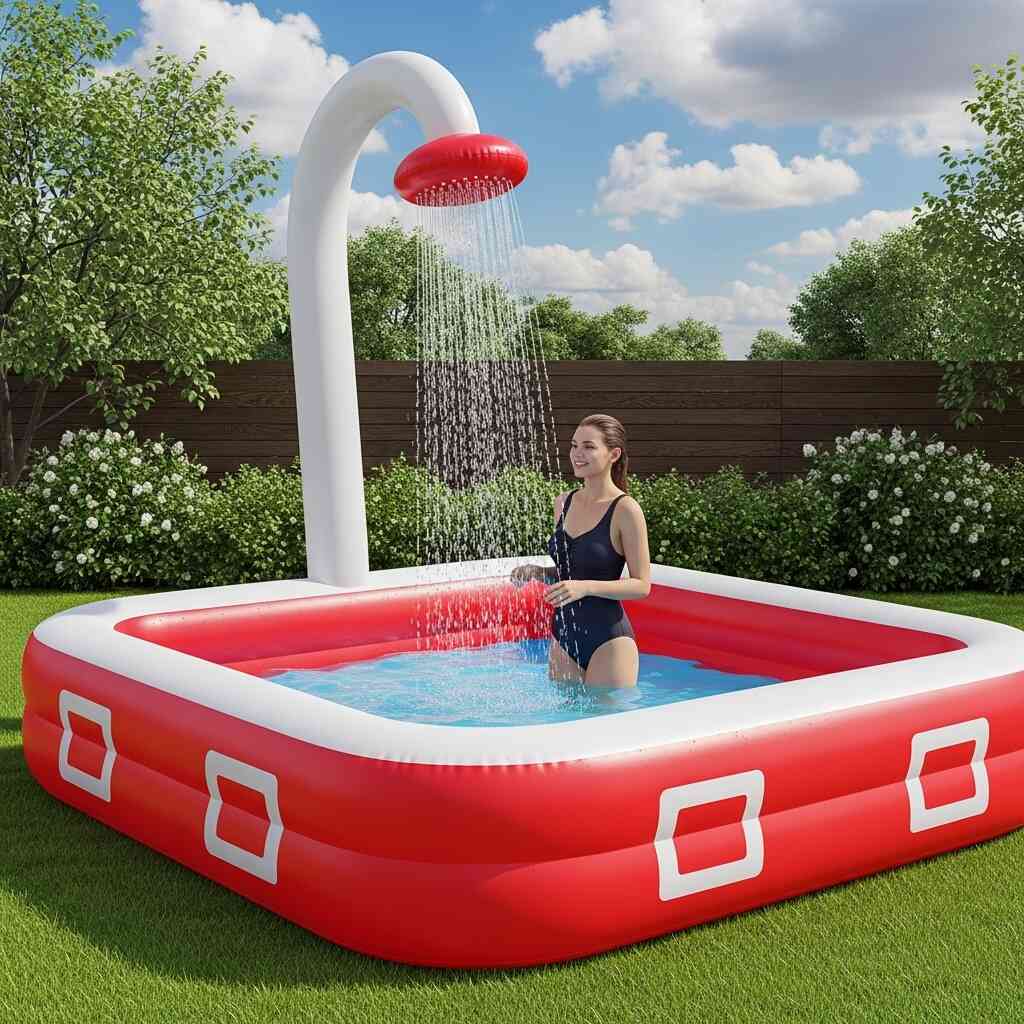In the realm of commercial and large-scale lawn care, efficiency, durability, and performance are non-negotiable. As landscapes grow more expansive and maintenance demands intensify, traditional push mowers or even stand-alone zero-turn machines may no longer suffice. Enter pickup truck lawn mowers — a powerful, mobile solution designed to meet the rigorous needs of landscapers, property managers, and homeowners with vast outdoor spaces.
Pickup truck lawn mowers represent a unique category of equipment that combines the towing capacity and mobility of a pickup truck with the precision and power of professional-grade mowing units. These systems are typically mounted on the rear or front of the vehicle or towed behind it, allowing operators to cover large areas quickly while minimizing downtime between tasks.
The purpose of this article is not only to explore what makes pickup truck lawn mowers an essential tool for certain applications but also to delve deeply into the top features one should look for when selecting such a system. Since these mowers are often used in demanding environments, identifying the right features can significantly impact productivity, ease of use, and long-term satisfaction.
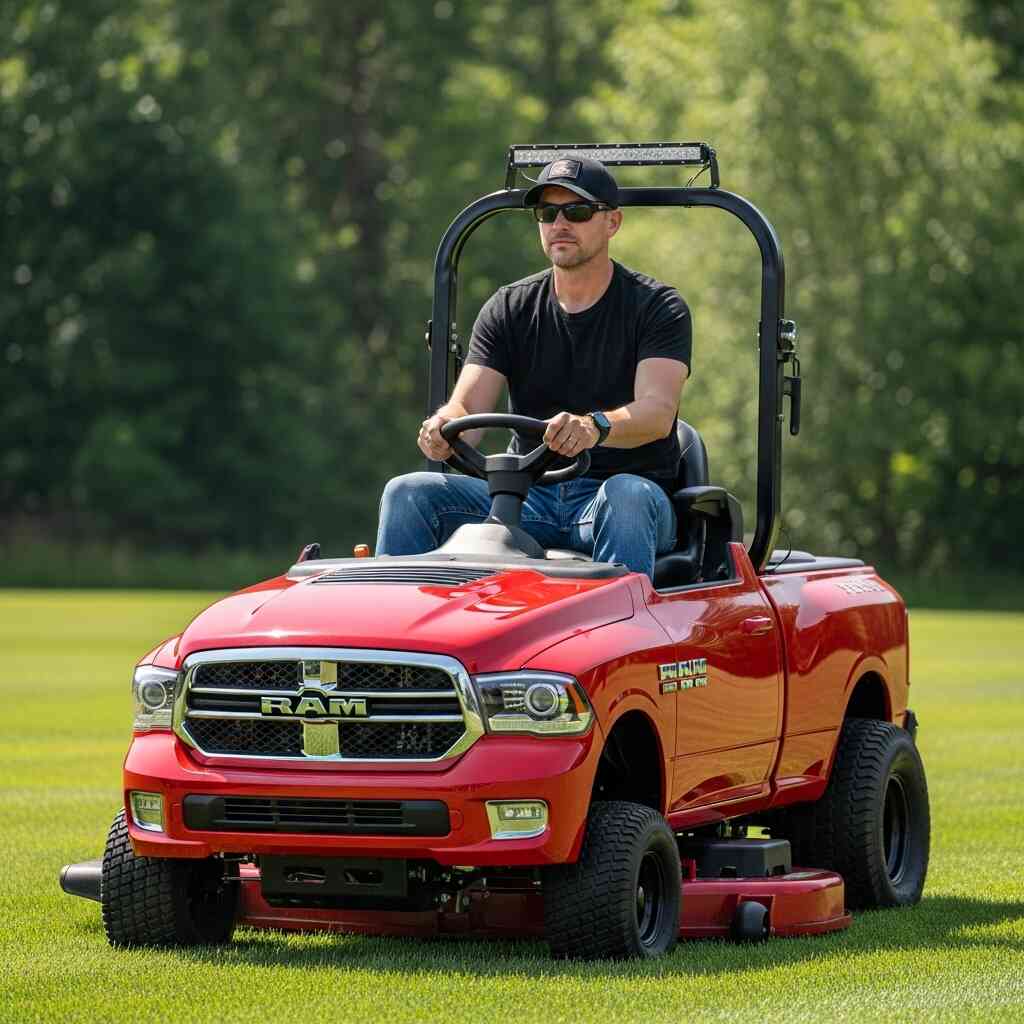
This article will be divided into three main sections:
- Understanding the Role and Benefits of Pickup Truck Lawn Mowers
- Key Features That Define Performance and Reliability
- Operational Considerations and Long-Term Suitability
Each section will offer detailed insights into how different components and design elements contribute to the overall effectiveness of pickup truck lawn mowers. By the end of this guide, readers will have a comprehensive understanding of what makes these machines stand out and which features truly matter when choosing the right unit for their specific needs.
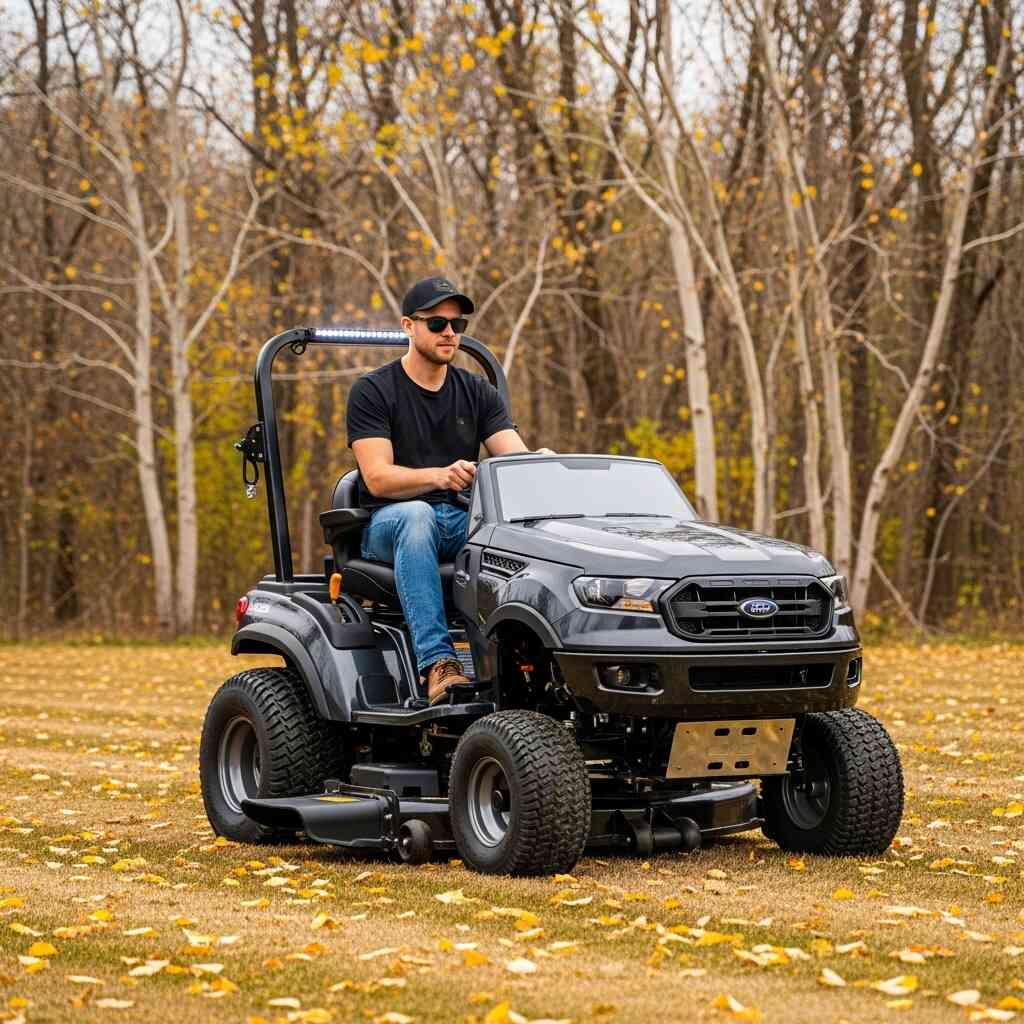
Part 1: Understanding the Role and Benefits of Pickup Truck Lawn Mowers
What Are Pickup Truck Lawn Mowers?
Pickup truck lawn mowers are specialized mowing systems designed to be either mounted directly onto a pickup truck or connected via a trailer hitch. Unlike conventional mowers, these units leverage the mobility, power, and utility of a full-sized pickup to enhance mowing operations across large properties, parks, golf courses, and agricultural land.
These mowers come in various configurations, including front-mount, rear-mount, and pull-behind models. Each setup offers distinct advantages depending on terrain, maneuverability, and the type of work required. The integration with a pickup truck allows for seamless transitions between cutting, hauling, and transporting tools or materials — all without needing multiple vehicles or trailers.
Why Choose a Pickup Truck Lawn Mower?
The primary appeal of pickup truck lawn mowers lies in their ability to streamline operations. For professionals managing extensive grounds, time is money. Using a mower that is already attached to or pulled by a vehicle eliminates the need to switch between machines, reducing downtime and increasing efficiency.
Moreover, pickup trucks provide a stable and powerful platform. This means that the mowing attachments can be larger, heavier, and more robust than those found on smaller machines. They can handle rougher terrain, taller grass, and uneven surfaces without compromising cut quality or operator safety.
Additionally, these systems offer unmatched versatility. A single pickup can serve as both a transportation vehicle and a mowing machine, making it ideal for rural areas or remote locations where access to electricity or fuel stations may be limited. In some cases, the same truck can be used for snow removal, hauling debris, or other seasonal tasks, further justifying its role as a multi-functional asset.
Ideal Use Cases
Pickup truck lawn mowers are particularly well-suited for:
- Commercial landscaping companies managing multiple large properties
- Municipal parks and recreation departments maintaining public spaces
- Golf course superintendents needing efficient fairway mowing solutions
- Farmers and ranchers tending to large fields and pastures
- Homeowners with sprawling estates seeking a cost-effective alternative to hiring crews
These diverse applications highlight the adaptability of pickup truck mowers and underscore why they are increasingly being adopted across industries.
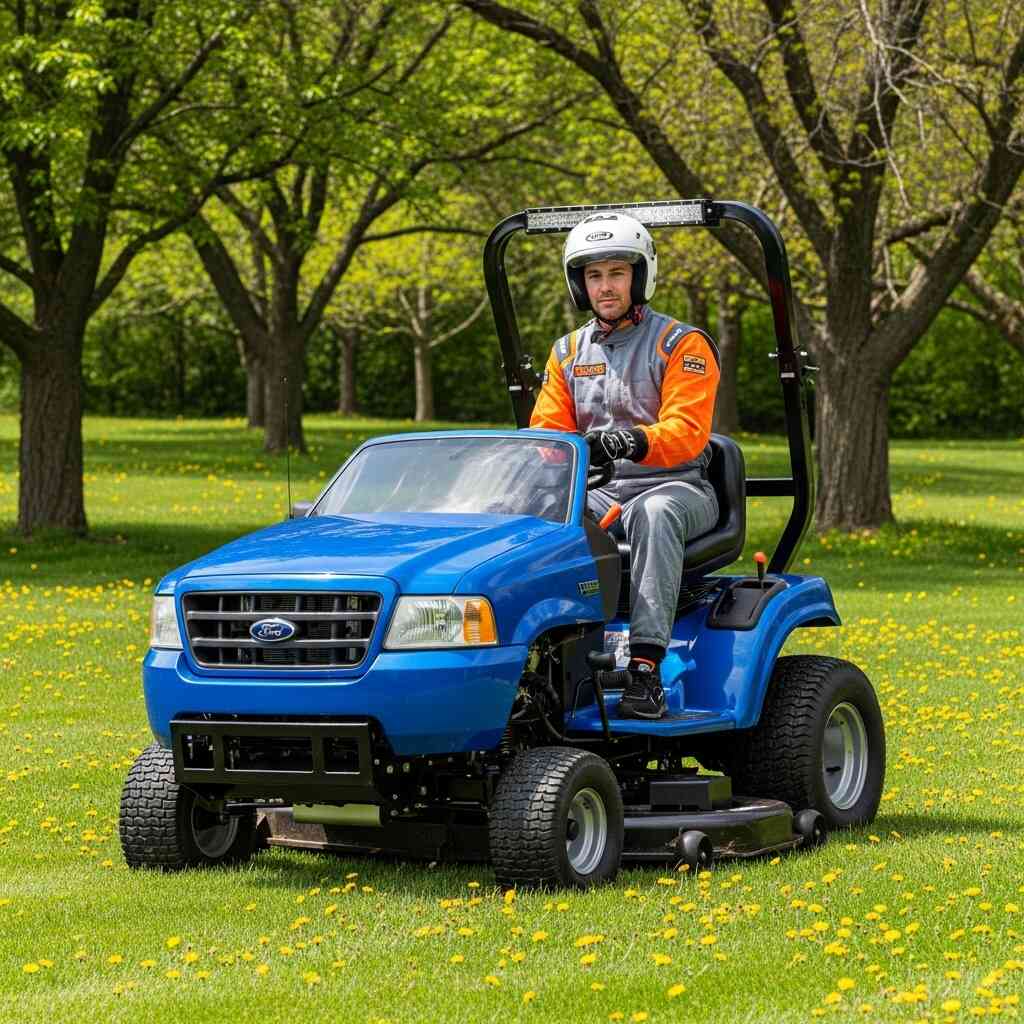
Part 2: Key Features That Define Performance and Reliability
When evaluating pickup truck lawn mowers, several critical features determine their suitability for different environments and usage scenarios. These features not only affect the machine’s performance but also influence user experience, maintenance requirements, and overall longevity.
1. Cutting Width and Deck Size
One of the most important considerations is the cutting width of the mower deck. Larger decks allow for broader swaths of grass to be cut in a single pass, significantly reducing the time needed to complete a job. For pickup truck mowers, typical cutting widths range from 60 inches up to 120 inches or more, depending on the model and intended application.
A wider deck increases productivity, especially in open areas like fields or large lawns. However, it’s essential to balance cutting width with maneuverability. In tighter spaces or around obstacles, a narrower deck may offer better control and prevent damage to surrounding structures or landscaping.
2. Mounting Configuration and Compatibility
The way a pickup truck lawn mower attaches to the vehicle is crucial. There are three primary mounting configurations:
- Front-Mount Mowers: These attach to the front of the truck, providing excellent visibility of the cutting path. They are ideal for precision mowing near fences, trees, and buildings.
- Rear-Mount Mowers: Mounted at the back of the truck, these are suitable for straight-line mowing over large open areas. They often come with additional weight distribution features to maintain stability.
- Pull-Behind Trailers: These mowers are towed behind the truck and offer flexibility in terms of attachment and detachment. They are commonly used for very wide decks or heavy-duty applications.
Each configuration has its own set of pros and cons, and compatibility with the specific make and model of the pickup truck must be considered. Some mowers are universal, while others are designed for particular chassis types or hitch systems.

3. Power Source and Drive System
Since pickup truck mowers rely on the truck for mobility, the power source for the cutting mechanism becomes a key feature. Most units utilize a PTO (Power Take-Off) system, which draws power directly from the truck’s transmission. This ensures consistent and reliable operation, especially under load.
Other models may use hydraulic drives , which are powered by the truck’s hydraulic system. These offer smooth, variable speed control and are less prone to mechanical wear. Still, others might incorporate independent engines for the cutting blades, which can add complexity but also provide redundancy if the truck engine fails.
The drive system—whether belt-driven, gear-driven, or hydrostatic—also affects performance. Belt-driven systems are common due to their simplicity, but they require regular tension adjustments. Gear-driven systems are more durable and suited for heavy use, while hydrostatic systems offer superior responsiveness and control.
4. Deck Construction and Material Quality
The build quality of the mower deck plays a significant role in both performance and longevity. High-quality decks are typically made from heavy-duty steel or reinforced aluminum alloys , offering resistance to corrosion, dents, and warping.
The shape of the deck also matters. A high-lift airfoil design helps create better airflow, lifting grass for a cleaner cut and improving discharge efficiency. Reinforced edges and skid shoes help protect the deck during operation on uneven terrain.
Some decks come with adjustable height settings , allowing users to customize the cut based on grass type and growth conditions. Others feature anti-scalp rollers or floating decks that adapt to ground contours, ensuring an even cut without damaging the turf.
5. Blade Configuration and Cutting Mechanism
Blade configuration determines how effectively the mower handles different grass types and heights. Most pickup truck mowers use rotary blades , which spin horizontally to slice through grass. The number of blades per deck varies—some decks have two, others three or more.
Triple-blade decks offer finer cuts and better mulching capabilities, while dual-blade setups may provide better performance in thick or wet grass. The spacing and angle of the blades also affect cut quality and clumping tendencies.
Blade material and sharpness retention are equally important. High-carbon steel blades tend to hold an edge longer and resist bending, while some manufacturers offer replaceable blade tips for easier maintenance.
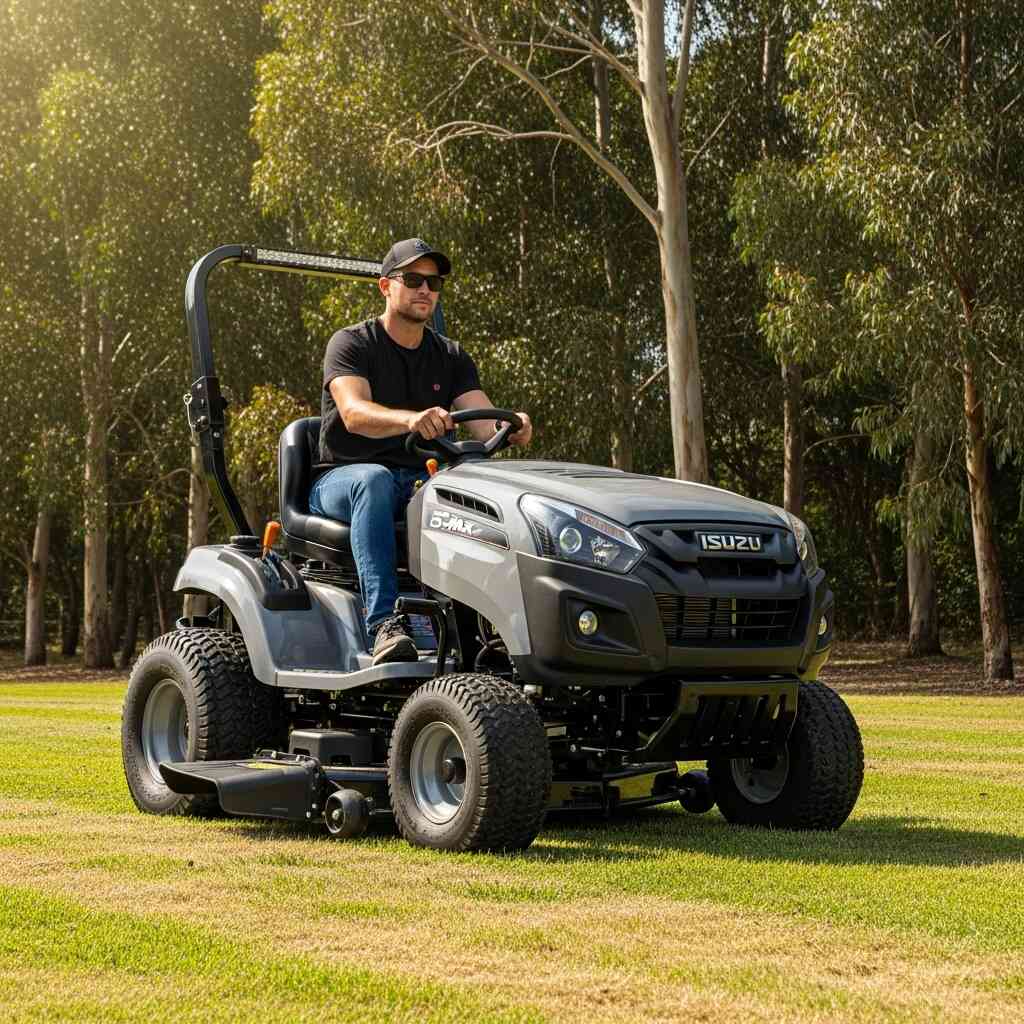
6. Suspension and Ground Engagement
Operating over uneven terrain requires a suspension system that maintains consistent contact between the blades and the ground. Pickup truck mowers often feature independent floating decks or spring-assisted suspension to keep the cutting surface level.
Suspension also contributes to ride comfort and reduces stress on both the operator and the equipment. Units with adjustable suspension settings allow customization based on terrain type, whether it’s flat pastureland or hilly orchards.
7. Adjustability and User Interface
Ease of use is enhanced by intuitive controls and adjustability. Modern pickup truck mowers may include remote control panels , digital displays , or joystick controls that allow operators to manage cutting height, blade engagement, and deck positioning from the driver’s seat.
Adjustable hitch points, leveling systems, and quick-connect mechanisms further improve usability, especially when switching between tasks or attaching/detaching the mower.
8. Safety Features
Safety cannot be overlooked when operating large, powerful machinery. Important safety features include:
- Blade brake clutches that stop the blades quickly when disengaged
- Protective guards around rotating parts
- Emergency shut-off switches
- Strobe lights or hazard indicators for visibility in low-light conditions
- Roll-over protection systems (ROPS) for mounted units
Operators should also consider noise levels and vibration dampening, especially during prolonged use.
9. Maintenance Accessibility
Regular maintenance is essential for keeping pickup truck mowers in optimal condition. Units with easy access to blades, belts, and bearings simplify routine upkeep. Removable panels, grease zerks for lubrication points, and clearly marked service intervals can greatly reduce downtime.
Corrosion-resistant coatings and weatherproof components also extend the life of the mower, especially in humid or coastal environments.
10. Fuel Efficiency and Environmental Considerations
While pickup truck mowers inherently consume more fuel than smaller units, modern designs focus on optimizing fuel use through efficient PTO systems and aerodynamic deck shapes. Some manufacturers are exploring hybrid or electric auxiliary systems to reduce emissions and operational costs.
Environmental compliance, particularly regarding noise and emissions standards, is becoming increasingly important, especially for urban and suburban applications.
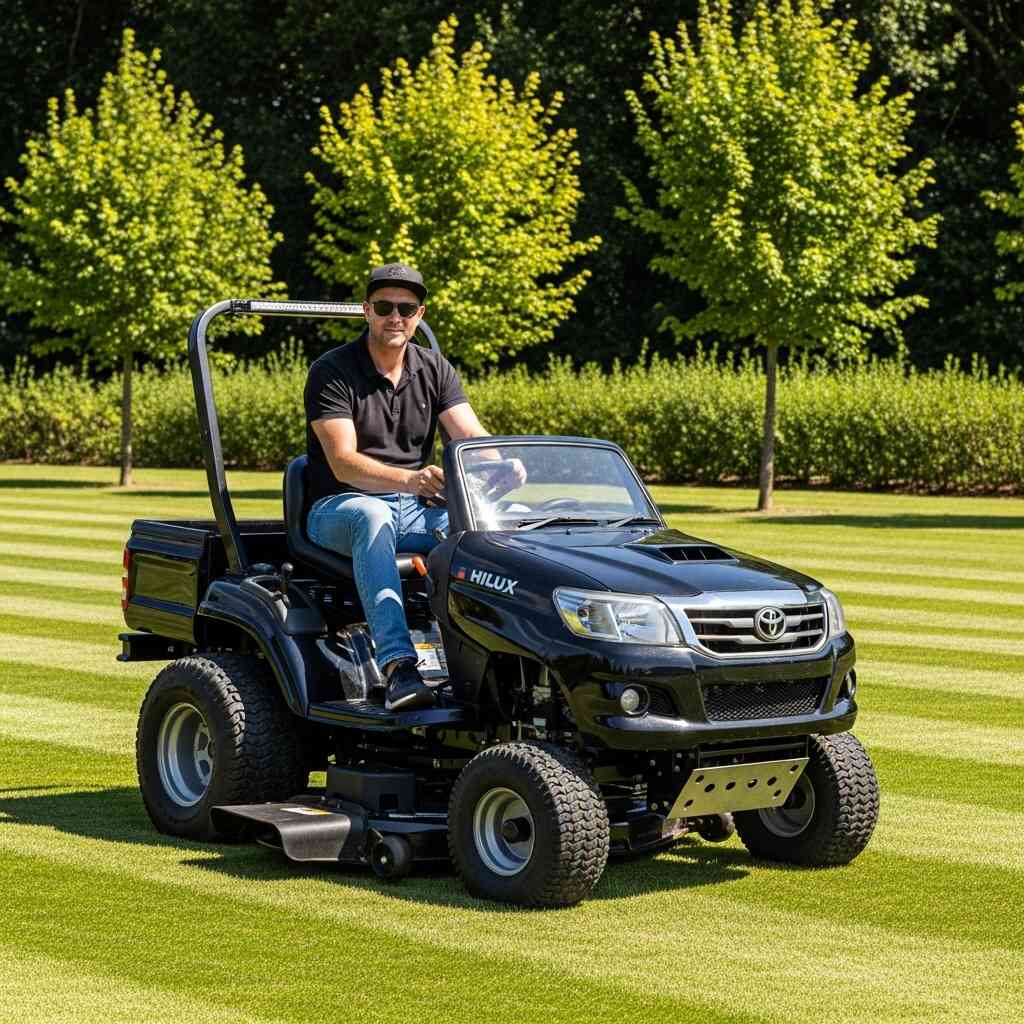
Part 3: Operational Considerations and Long-Term Suitability
Terrain and Ground Conditions
Not all pickup truck mowers perform equally well in every environment. Operators must assess the terrain they’ll be working on before selecting a unit. Hilly areas benefit from low-center-of-gravity designs and weight-distribution systems , while sandy or muddy conditions may require all-terrain tires or track systems for better traction.
The mower’s ground clearance is another factor—higher clearance allows for smoother operation over rocks, roots, and other obstructions.
Operator Experience and Training
Even the most advanced pickup truck mower is only as effective as the person operating it. Proper training is essential to ensure safe and efficient use. Operators should understand how to:
- Engage and disengage blades properly
- Adjust cutting height and deck position
- Navigate obstacles and tight corners
- Perform basic maintenance and inspections
Some manufacturers offer training programs or online resources to support new users, which can be a valuable consideration during selection.
Storage and Transport
Storage space is often overlooked but is crucial, especially for residential users or small businesses. Pickup truck mowers, particularly wide-deck models, can take up considerable room. Units with foldable decks , quick-disconnect mounts , or compact storage modes are advantageous for those with limited garage or yard space.
Transporting the mower between sites should also be factored in. Units that can be easily detached and stored in a trailer or flatbed are more versatile for multi-site operations.
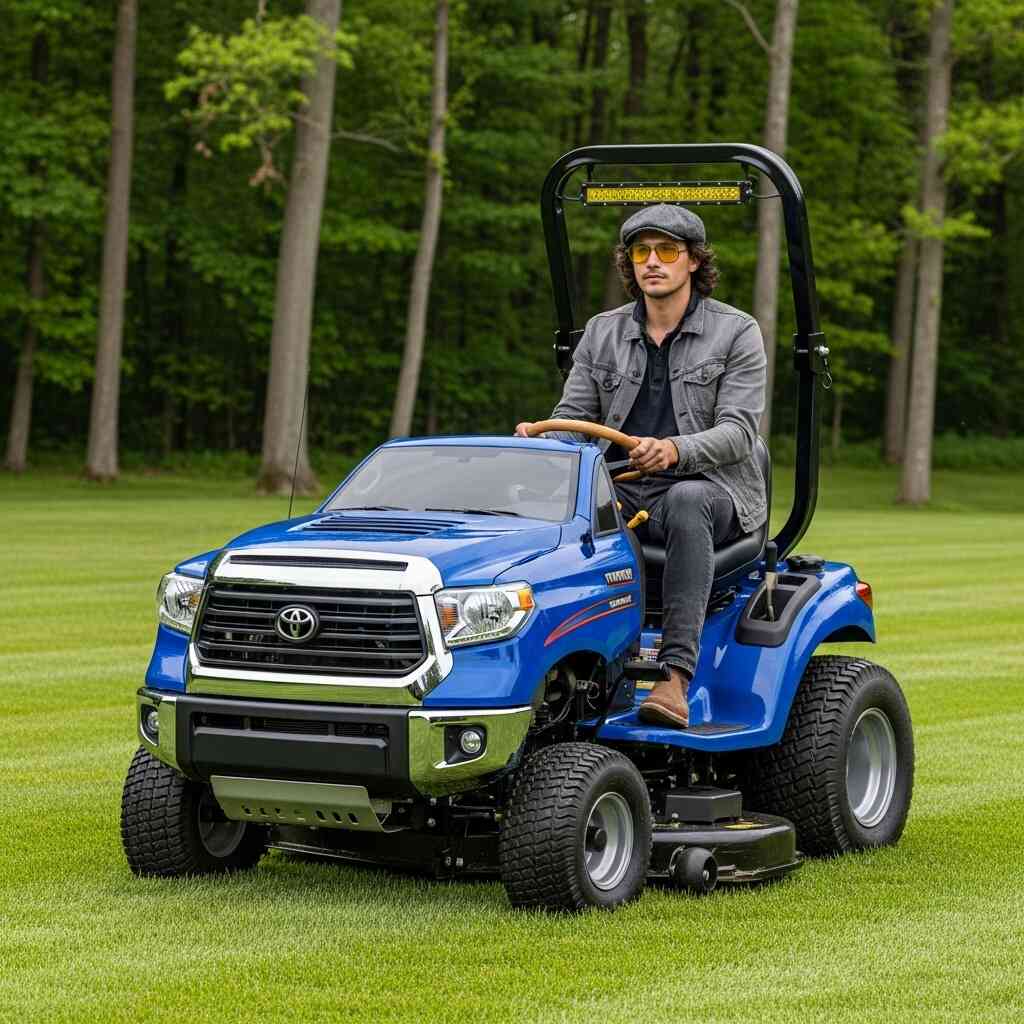
Integration with Other Equipment
For maximum efficiency, pickup truck mowers should integrate seamlessly with other tools and accessories. Some models allow for the addition of:
- Sprayers or fertilizer spreaders
- Snow blades or plows
- Tillers or aerators
- Trailer hitches for hauling debris
This modularity enhances the value of the investment by enabling year-round utility.
Durability and Longevity
Durability is paramount when investing in a pickup truck lawn mower. Units built with commercial-grade materials , sealed bearings , and powder-coated finishes tend to last longer and withstand harsh conditions.
Warranty coverage and customer support also play a role in long-term satisfaction. Extended warranties, availability of replacement parts, and responsive technical assistance can mitigate potential issues down the line.
Customization Options
Customization options allow operators to tailor the mower to their specific needs. From custom paint jobs to bespoke deck sizes , many manufacturers offer modifications to suit unique requirements.
Specialized features like GPS-guided auto-steering , smart sensors , or data logging systems are becoming available in high-end models, catering to tech-savvy users looking for precision and analytics.
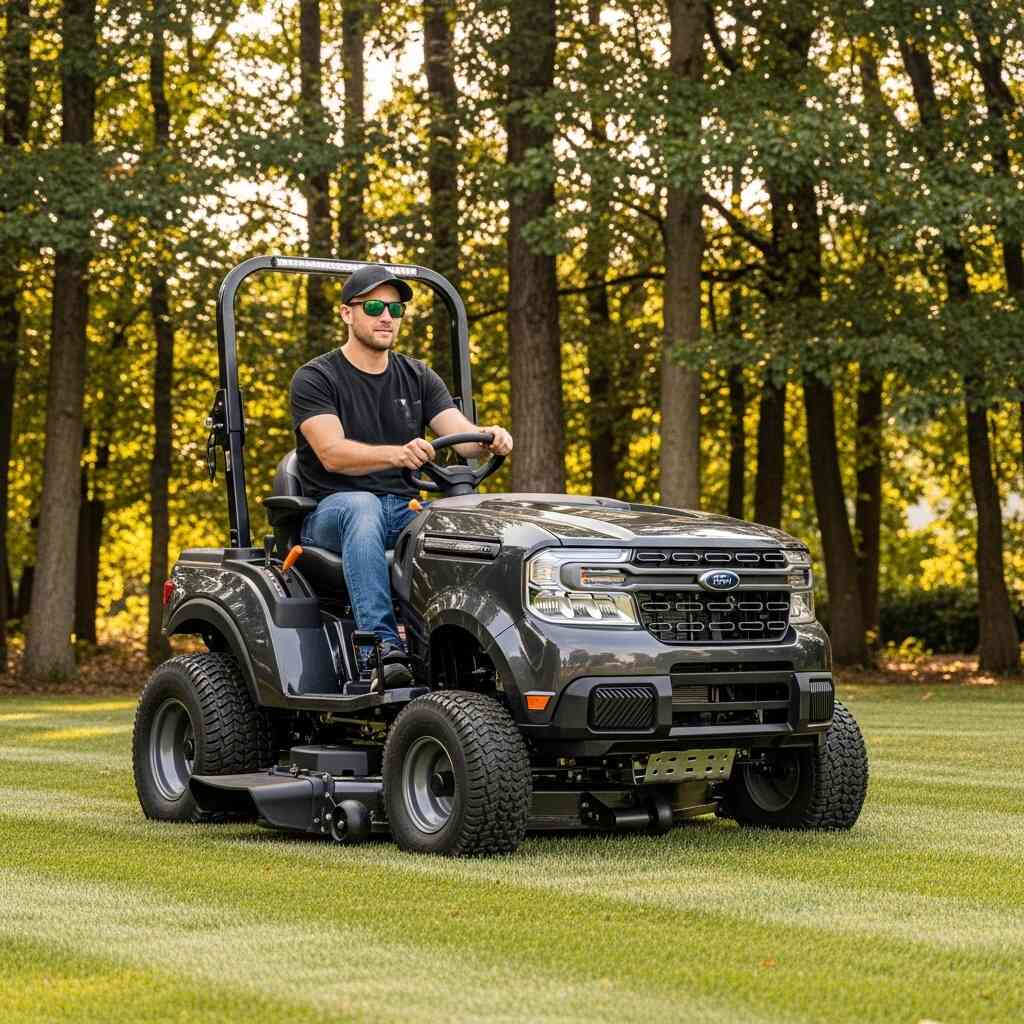
Conclusion
Pickup truck lawn mowers represent a powerful evolution in landscape maintenance technology. Their ability to combine mobility, strength, and precision makes them indispensable for anyone dealing with large-scale mowing tasks. Whether you’re managing municipal parks, commercial properties, or vast private estates, these machines offer a level of efficiency and versatility that traditional mowers simply cannot match.
Selecting the right pickup truck lawn mower involves careful evaluation of key features such as cutting width, mounting configuration, power source, deck construction, blade design, suspension, and safety mechanisms. Beyond performance, operational considerations like terrain compatibility, user experience, storage logistics, and long-term durability must also be taken into account.
Ultimately, the best pickup truck lawn mower is one that aligns perfectly with your specific needs, work environment, and long-term goals. By understanding the features outlined in this guide, operators can make informed decisions that enhance productivity, reduce fatigue, and ensure consistently high-quality results. As the demand for efficient, large-area mowing continues to rise, pickup truck lawn mowers are poised to become even more integral to modern landscaping practices.


